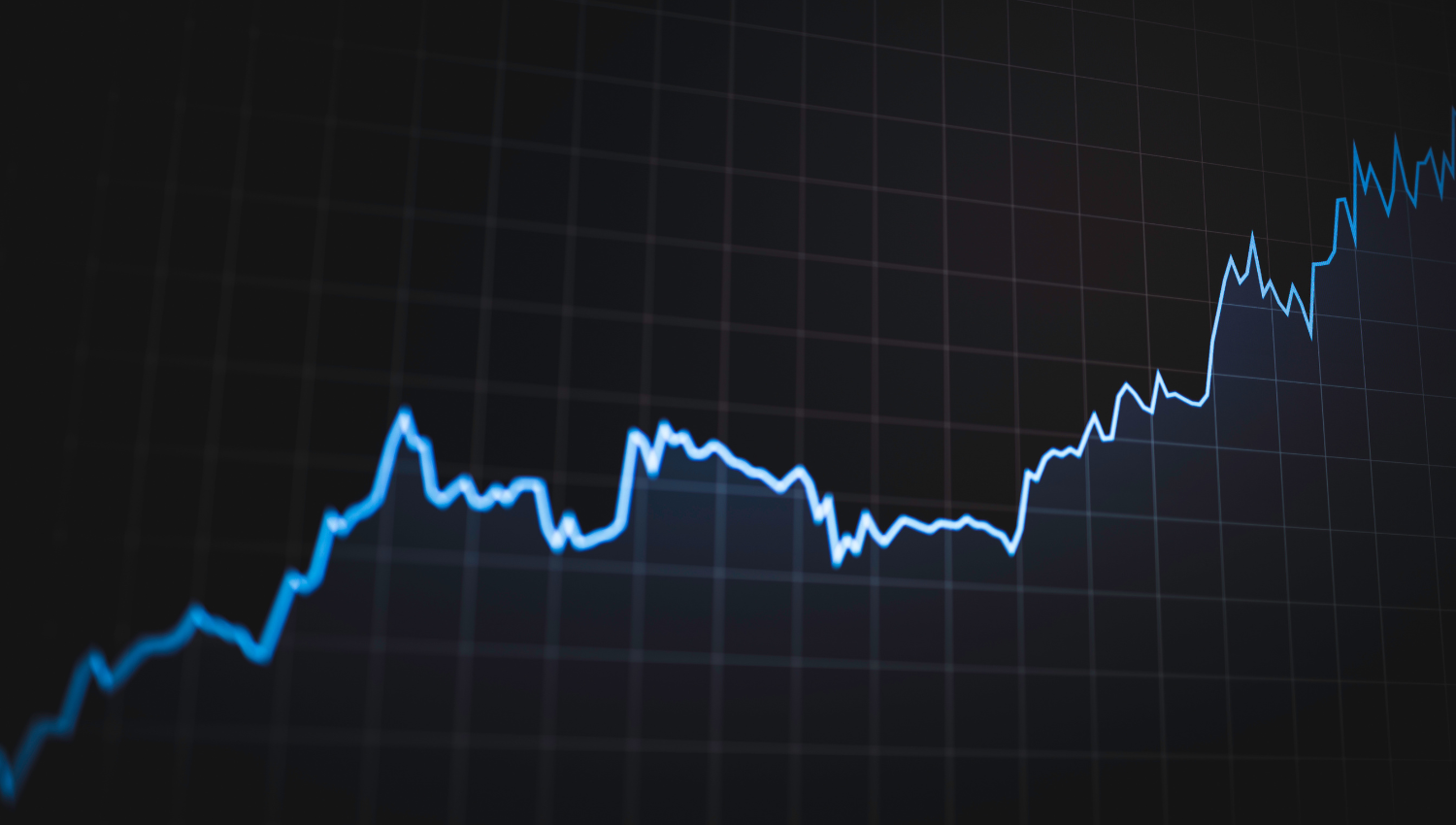Identifying Trading Patterns in Forex: A Comprehensive Guide

Introduction
The foreign exchange (Forex) market is the largest and most liquid financial market in the world, with a daily trading volume exceeding $6 trillion. Traders from around the globe engage in Forex trading, aiming to profit from fluctuations in currency exchange rates. One of the essential tools for successful Forex trading is the ability to identify trading patterns.
Trading patterns are repetitive price formations that occur on Forex charts. These patterns provide traders with valuable insights into potential future price movements. In this blog, we will explore some of the most common trading patterns in Forex and how to recognize and utilize them to enhance your trading strategies.
1. Head and Shoulders Pattern
The Head and Shoulders pattern is a reversal pattern that signals a potential change in the current trend. It consists of three peaks: a higher peak (head) between two lower peaks (shoulders). This pattern indicates a shift from a bullish trend to a bearish one or vice versa, depending on its orientation.
- How to Identify: Look for three prominent peaks on the price chart, with the middle peak (the head) being higher than the two surrounding peaks (the shoulders). Connect the lows of the two shoulders to create a neckline.
- Trading Strategy: Traders often enter short positions when the price breaks below the neckline (bearish Head and Shoulders) or long positions when it breaks above (bullish Head and Shoulders). Place stop-loss orders just above the pattern's head.
2. Double Top and Double Bottom Patterns
These patterns are also reversal patterns, indicating a potential trend change. The Double Top consists of two peaks, while the Double Bottom consists of two valleys. Double Tops signal a potential bearish reversal, while Double Bottoms suggest a bullish reversal.
- How to Identify: Look for two peaks (Double Top) or two valleys (Double Bottom) at approximately the same price level. The pattern is confirmed when the price breaks below the neckline (Double Top) or above it (Double Bottom).
- Trading Strategy: Go short when the price breaks below the neckline (Double Top) or long when it breaks above it (Double Bottom). Set stop-loss orders accordingly.
3. Flags and Pennants
Flags and Pennants are continuation patterns that indicate a brief consolidation before the previous trend resumes. Flags are rectangular-shaped, while Pennants are small symmetrical triangles.
- How to Identify: Flags are characterized by parallel trendlines, and the price moves within these lines during the consolidation phase. Pennants, on the other hand, have converging trendlines.
- Trading Strategy: Enter trades in the direction of the previous trend when the price breaks out of the flag or pennant pattern. Use the pattern's height to set profit targets and place stop-loss orders.
4. Triangles
Triangles are continuation patterns that form when the price converges into a tighter range. There are three main types: ascending, descending, and symmetrical triangles. They often precede significant price movements.
-How to Identify: Ascending triangles have a flat top and a rising lower trendline. Descending triangles have a flat bottom and a descending upper trendline. Symmetrical triangles have converging trendlines.
Trading Strategy: Trade the breakout of the triangle pattern in the direction of the prevailing trend. Use the triangle's height to set profit targets and place stop-loss orders.
Conclusion
Identifying trading patterns in Forex is a crucial skill for traders looking to make informed decisions. These patterns provide valuable insights into potential price movements and can significantly enhance your trading strategies. However, it's essential to remember that no pattern is foolproof, and risk management should always be a top priority in Forex trading. Make sure to combine pattern recognition with other technical and fundamental analysis tools to increase your trading success.

